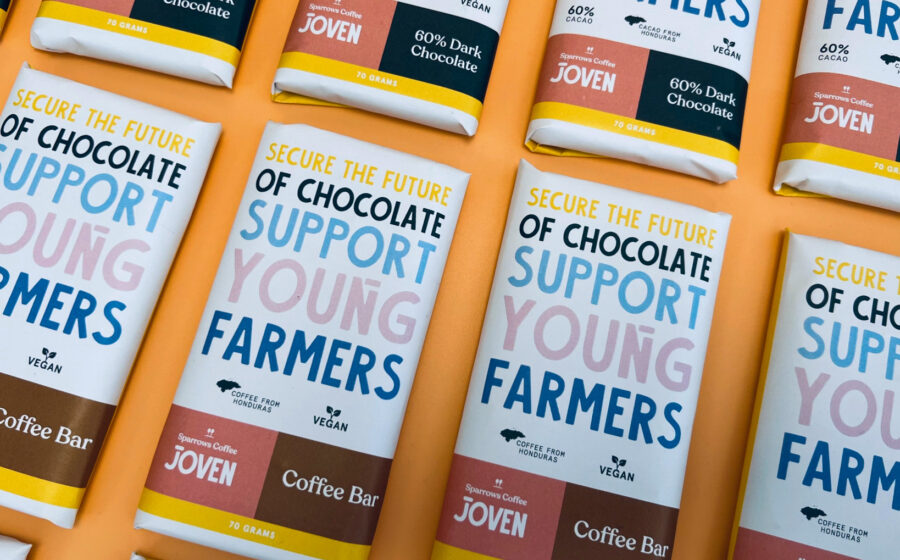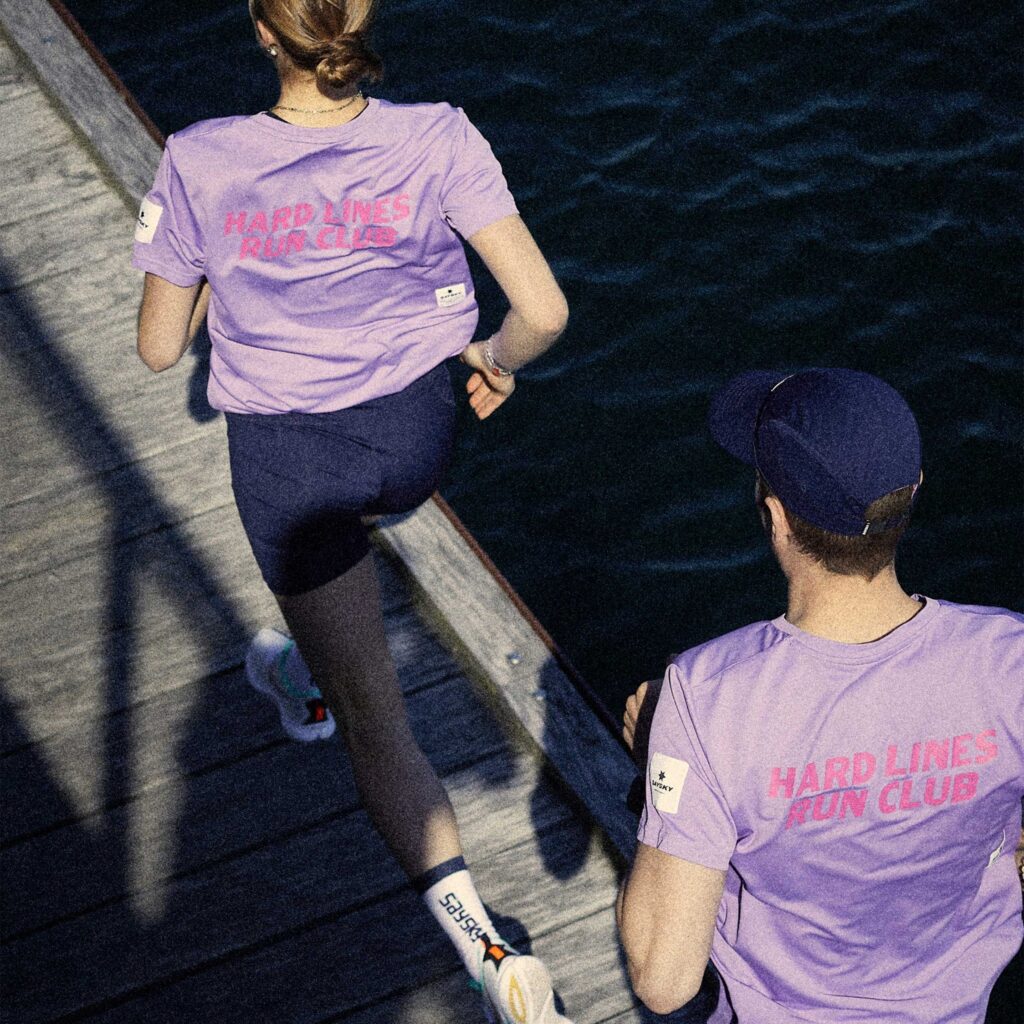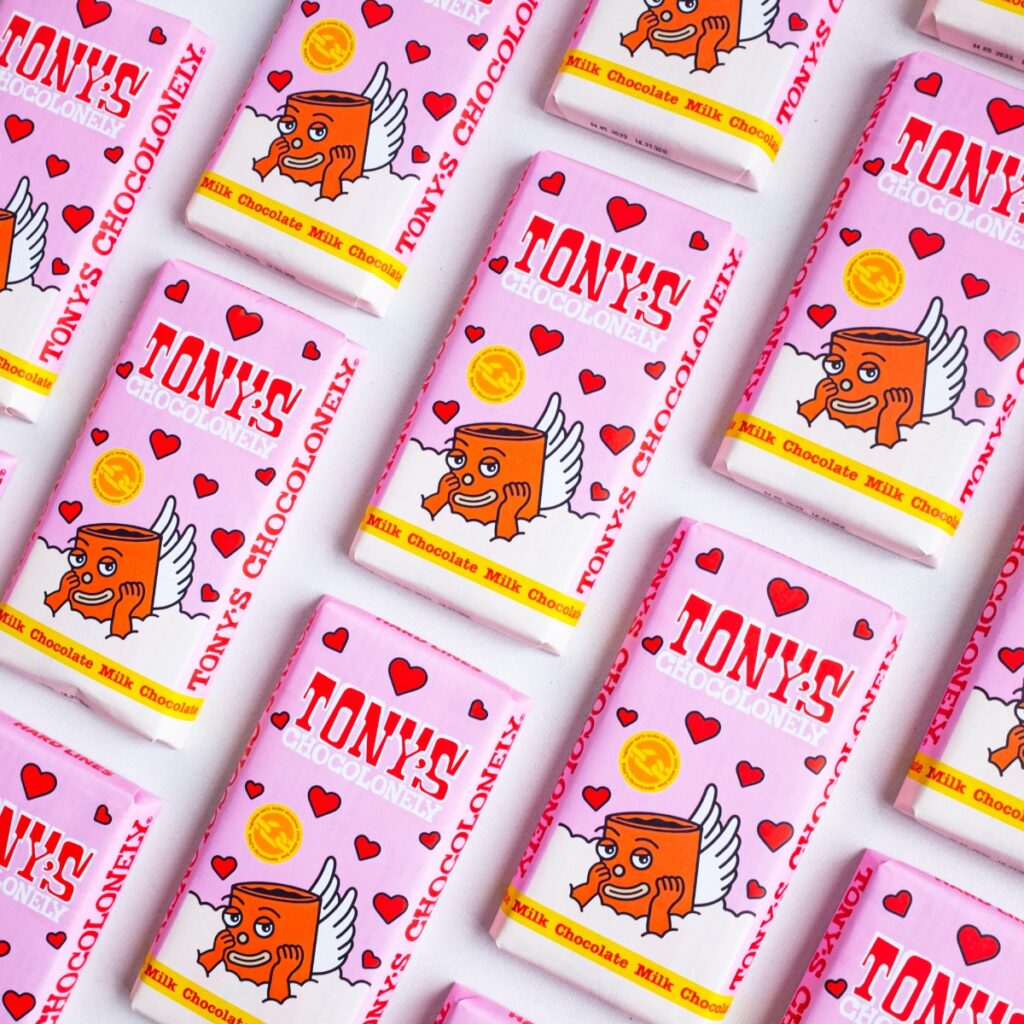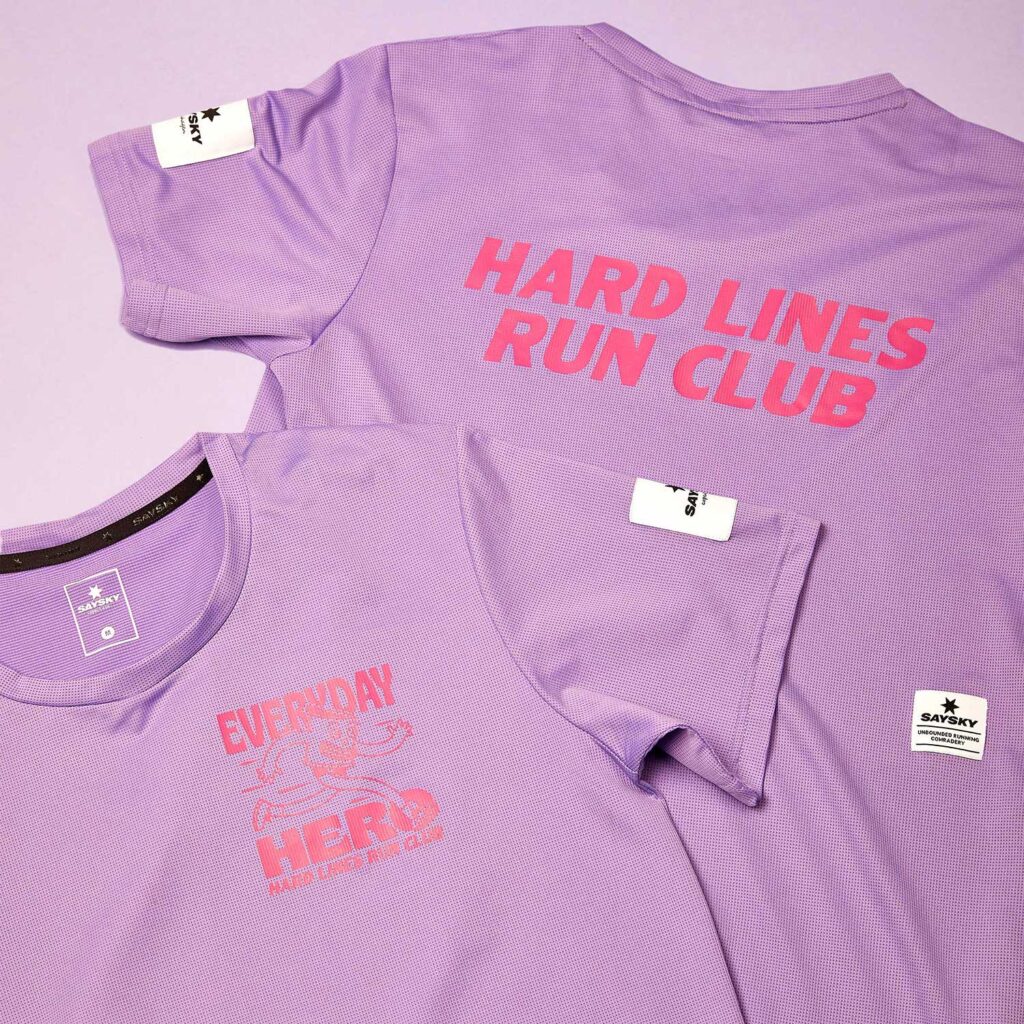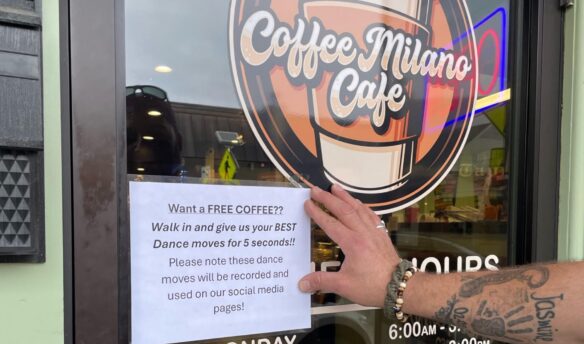Two brands can come together to create something truly remarkable and powerful—a result greater than the sum of its parts. Take, for example, a collaboration between toy company LEGO and the popular Netflix show Stranger Things in 2019.
The Stranger Things LEGO Set depicts one of the series’ most popular set pieces, The Upside Down. Even if you haven’t seen the show, you’ve likely heard of The Upside Down, and the collaboration served as a promotional tool for the series’ new season and showcased the power and creativity of LEGO.
Together, these two companies created something neither could do alone, and cross-brand collaborations can be equally impactful in coffee and tea. A smartly-designed partnership can help brands achieve something they couldn’t do on their own, stand out and showcase what’s unique about their business, and help brands cut through the noise and reach new customers.
Successful cross-brand collaborations can be highly impactful, whether it’s to increase brand loyalty, gain trustworthiness, or leverage an existing fan base. But successful partnerships are no accident: instead, they require work, intention, and careful planning to deliver something that feels fresh for customers. A truly inspiring collaboration is less like brands splitting ownership over a project but rather like a team that’s come together to create something extraordinary and unique.
Adds Up To More
Successful cross-collaborations start with two or more brands with shared goals or values. The brands don’t have to be in the same industry—what’s important is that they have something in common that unites them under a new product or service or can be harnessed to promote one another.
Crafting a cross-collaboration can take many different forms. In February of 2022, Wales-based coffee roastery Hard Lines Coffee teamed up with Dutch chocolate company Tony’s Chocolonely to send out 150 free co-branded chocolate bars to people who ordered their coffee as part of a Valentine’s Day special. The bars were co-branded, featuring Tony’s Chocolonely fonts and Hard Line’s artwork featuring their distinctive coffee mug logo in shades of pink, white, and red.
Hard Lines’ co-founder Matt Jones says the two brands came together because they shared a commitment to quality and craftsmanship, and the collaboration connected them with a new audience. “[A good partnership] allows you to put your brand in front of people who wouldn’t usually have seen it or heard of you before,” says Jones. “Collaborating with Tony’s has been a great promo tool for us—they are a good brand with a like-minded audience and great reach, so I’m glad we did it.”
The positive response to the Valentine’s Day campaign encouraged Hard Lines Coffee to collaborate with other brands. Soon after, they teamed up with SAYSKY, a high-performance running wear brand, to create co-branded running shirts.
The partnership was ideal: Hard Lines had recently established a running club, and SAYSKY was looking for a new platform to showcase its running apparel. The participants of the Hard Lines running group were thrilled to show off their new gear at events and regular runs around town. Not only did this collaboration strengthen the ties between SAYSKY and Hard Lines Coffee, but it also served to promote both brands by bringing them in front of new potential customers.
The Right Puzzle Pieces
Partnerships don’t always involve co-branded items. Sometimes, collaborators can come together to make something entirely new. Joven Coffee out of Grand Rapids, Mich., teamed up with Atucún Chocolateria to create a first-of-its-kind bar from coffee beans, extracted cocoa butter, and organic cane sugar. Joven’s mission is to support young farmers across the globe and sourced the coffee and cocoa butter for the bar from Abraham Pacheco (age 23) and Ivan Pineda Gamez (23). Their collaboration with Atucún provides a unique and innovative product and reflects the brands’ shared commitment to placing youth-focused farming at the forefront of its products.
Frankie Volkema, the founder of Joven Coffee, explains that the initial idea for a coffee bar collaboration came from the team at Atucún, “We realized that by collaborating with them, we had the opportunity to create a unique product and ultimately something that the coffee marketplace hasn’t seen before. The bar’s launch has been incredibly successful so far because of how unique it is at its core. The bar is super delicious and a new, fun, and really convenient way to enjoy coffee in dessert form—no matter your routine.”
Another way brands can collaborate is through a co-marketing arrangement, where brands team up to promote each other’s products. In 2021, Chinese tech brand HONOR worked with popular Malaysian coffee brand ZUS Coffee to offer customers ZUS rewards when they purchased selected smartphones from the HONOR 9 series. This offer coincided with ZUS Coffee’s first anniversary and included free ZUS Drip Bags and one free latte with every purchase of the latest HONOR smartphone.
It’s hard to overstate the magnitude of this collaboration. Earlier that year, the company’s HONOR 9X series made waves with sales volumes of over 10 million units sold since its initial launch in late July 2019. ZUS Coffee is a national brand that currently has 180 stores across Malaysia.
By combining forces, both brands could tap into each other’s existing customer base and reach out to potential new customers. Tech giant HONOR used the collaboration to connect with a younger audience, while ZUS Coffee used it to build brand awareness.
When Two Become One
When it comes to cross-brand collaborations, the most important thing to remember is that the partnership has to make sense for all brands involved. The goal should be to create something mutually beneficial and resonate with each brand’s target audience.
Jones of Hard Lines says being selective about the businesses you collaborate with is vital. “It’s got to work for both parties, and responsibilities and workload have to be shared,” he says. “We’ve found it works really well when both parties bring a different perspective to the collaboration.”
Whoever you choose to work with, it’s crucial to set clear standards and boundaries—and have a solid exit plan. When Starbucks and Kraft Foods decided to team up to distribute Starbucks’ coffee in grocery stores, they didn’t expect to end up in a courtroom. The partnership soured when Starbucks ended the contract, claiming that Kraft Foods was not keeping up with its standards. As a result, Starbucks had to pay nearly $2.8 billion for prematurely terminating the deal—while this is an example of collaboration failure between two giant brands, having safeguards and clear goals can help smooth over any hiccups and create exit pathways if needed.
Volkema says that what’s made Joven’s collaboration with Atucún successful is a shared set of values—even if that’s not always immediately obvious. “When we started working with Atucún, we didn’t even realize that the same sustainability crisis facing young coffee farmers extended to the cacao industry as well. Once we realized that, we knew we had to find a way to get involved with cacao and the end product: chocolate,” she says. “We also would say that brand collaborations should be fun, so find another company you enjoy working with. That’s certainly the case for us with Atucún!”
Partnerships should be exciting and allow room to create something beyond what one brand can do alone. “Brand collaborations should be fun,” says Volkema, “so find another company you enjoy working with. That’s certainly the case for us with Atucún!” A successful cross-collaboration requires planning and brainstorming to ensure that the final product or service will be loved by consumers and generate positive results.
The good news is that there are plenty of examples to draw inspiration from, and there is no limit to what can be achieved when two brands come together to create something new. If you’re considering collaborating with another brand, go for it! Make sure to do your research and choose a partner that is a good fit for your business.



